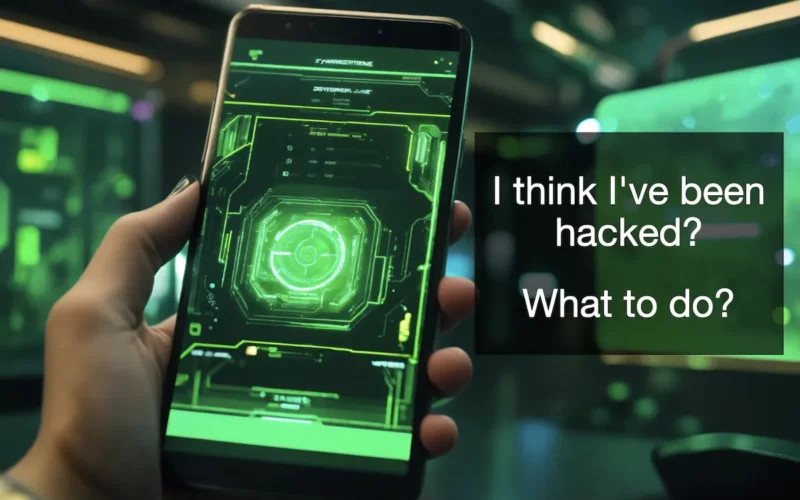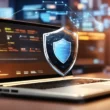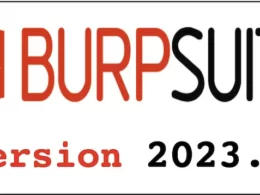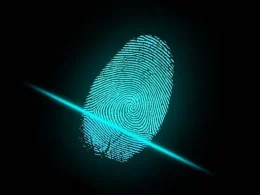Uh-Oh, Hacked? Don’t Freak Out, Fix It!
Think someone broke into your online life? It’s scary, but don’t panic! Take a deep breath and follow this easy-to-use guide to get back in control. What makes you think you’re hacked?
Follow this step-by-step checklist to regain control, minimize damage, and become a cybersecurity champ:
The Checklists
1. Check for Clues:
- Weird emails? Look for messages that seem off, like from unknown senders or asking for personal info.
- Strange logins? Check your important accounts (email, bank, social media) for any fishy sign-ins.
- Money gone missing? Scan your bank statements and credit card bills for unexpected charges.
- Computer acting funky? Pop-ups, slowness, or crashes might mean trouble.
Identify the potential breach: Was it a suspicious website, phishing email, or malware download? Knowing the source helps target your response.
2. Change Passwords ASAP:
- Change passwords for your most important accounts, like email, bank, social media, and shopping sites.
- Use strong passwords that are hard to guess, like mixing up letters, numbers, and symbols.
- Don’t reuse passwords for different accounts. Each one should have its own unique lock!
Visit HaveIBeenPwned website to check if your email address is in a data breach. If you found then change your password on all accounts immediately.

3. Scan for Sneaky Stuff:
Run antivirus software to check for viruses or malware that might be hiding on your computer or phone.
If you think your device is infected, disconnect it from the internet to stop any further damage.
4. Call for Backup:
- Tell your bank, email provider, or any affected websites about the possible hack. They have teams ready to help.
- If your personal info or money is stolen, file a police report. They’ll investigate and help you recover.
5. Build Extra Defenses:
- Turn on two-factor authentication (2FA) for your accounts. It’s like a double lock, asking for a code from your phone or email when you log in.
- Be careful what you click! Don’t open links or attachments from unknown senders, even if they look familiar.
- Update, update, update! Keep your software, operating systems, and apps updated to patch security vulnerabilities hackers love to exploit.
6. Monitor And Protect:
- Bank statement hawk: Check your bank statements and credit reports for any unauthorized transactions. Early detection is crucial!
- Identity theft protection: Consider specialized services that monitor your credit for suspicious activity and assist in resolving identity theft issues.
Remember:
The best defense is a good offense! Use strong passwords, avoid suspicious links, and keep your software updated to stay ahead of the hackers. Share this info with your friends and family so they can protect themselves too! #BeSafeOnline











